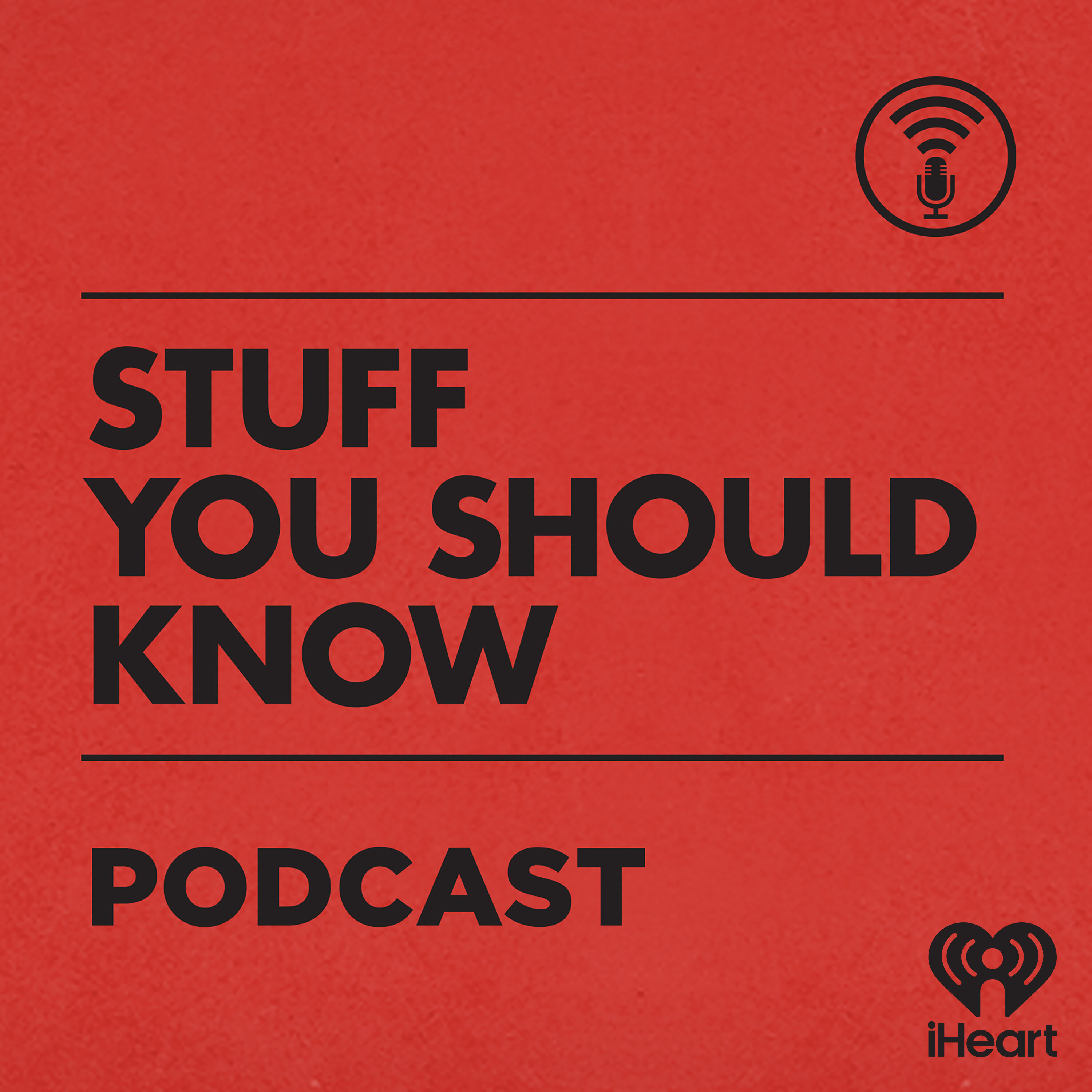
The World is My Burrito Podcast
Reviews and deep dives into Japanese and American pop culture's effect on history, the history of genres and franchises, and philosophy behind and within said content. I'm just a guy trying to justify his library and TV watching habits.
The World is My Burrito Podcast
Episode 7 - Onna Bugeisha 女武芸者
Welcome to episode 7, where I cover the meaning meaning and history behind Morgan Elsbeth from The Mandalorian E13: The Jedi. Let's take a step back in time and look at some of the most badass women in Japanese history!
Hey there polearms and pole-legs if you know what i’m sayin’. Welcome to The World is My Burrito where I take a pop culture topic of my choice, unwrap it, review the ingredients for your tasting pleasure then wrap it up, pack it in. Now, lettuce begin.
As is tradition I am your benevolent host, Kory Torjussen and today we’re swingin’ in with Episode 7, breaking off into a topic I should have covered months ago.
I’m gonna avoid my normal bumps and structure for the sake of time constraints!
Today we’re gonna talk about the historical significance behind the most badass females in Star Wars. That’s right, Morgan Elsbeth from The Mandalorian Chapter 13: The Jedi. Before I go any further I will say while there is plenty of confirmed info there is a lot of contradicting or suppository info depending on your search term, so don’t hate if you’ve read something contrary-wise because, heck, it may be romanticized or I may not have found enough agreeable evidence.
If you’re familiar with the background of Star Wars, you know how much it pulls from Japanese history and film, what with the first movie being Kurosawa’s 1958 film The Hidden Fortress reenacted in space. The biggest props I can give The Mandalorian are that, after so many decades, Star Wars finally returned to their roots of very obviously pulling from other Japanese materials. The series was nice and nostalgic with their references to Seven Samurai, Yojimbo, and others. Enter Chapter 13, where they floored me when Morgan throws down with a spear against Ahsoka Tano. I instantly recognized the reference to today’s topic: the “onna-bugeisha”.
What the what is an onna-bugeisha? Well let’s first do a breakdown of the word. Onna means “woman” and “bugeisha” is roughly a practitioner or master of a style of martial arts. Summed up: female martial artist. There is another new-to-me term I’ve learned that is “onna-musha”. “Musha” breaks down into “warrior person”.
Onna-Bugeisha are typically viewed as part of the bushi or warrior class; basically the bourgeoisie of the battlefield due to lineage, marriage, adoption, or decree, AKA “not peasants”.
They are most popularly known for using a spear-like weapon called the ko-naginata. Now, the regular naginata traditionally consisted of a 4’-8’ shaft with a 1’-2’ blade affixed at the end. This was made for mowing down cavalry, horse and all. On the other hand the ko-naginata was a little smaller to accommodate for the user’s smaller frame, increase maneuverability and quickness, and with the expectation to be used inside. This aside, they were also proficient with other weapons like the tanto and - I think - kodachi? It should be noted that information concerning what array of weaponry onna-bugeisha used isn’t as readily available because of how romanticized the naginata is.
What function did they serve? In most historical accounts they were considered the literal last line of defense; their husbands or male relatives were out on the battlefield so they were at home tending to life but with weapons training that could greet an enemy invasion. At the very least they could fight off some invaders then die with honor.
In more politically charged scenarios they could also serve as a replacement ruler. Sometimes a daimyo and all male heirs would die and the only remaining relation -a sister or wife or what have you- would take up the mantle and carry the legacy like in the case of Ii Naotora. There are accounts of females actively taking a stand against a family decree they didn’t agree with then becoming their own self-proclaimed daimyo. In this case they were called onna-daimyo.
If times were really tough, generals would assemble and dispatch troupes of onna-bugeisha to fight alongside the men.
In most readily available history you can find many instances of women fighting but it is usually in some super noble act, like the defense of a castle, and usually in some relation to a well-known daimyo.
Now, as more archaeological excavation and DNA data arrive from historic battlefield research, we can conclude that onna-bugeisha fought in many more battles than recorded. As is tradition, the conquests of women -at least as far as being viewed as an equal to men- seem to be conveniently unmentioned from written history even though their bodies were on the same battlefield. This is the fate of the non-romanticized participants of war. This also kinda goes back to my previous statement about onna-bugeisha being used when times were tough. It could be that they were relied upon in some instances, not just as a last ditch effort.
Where did they come from? This is a loaded question thanks to a lack of confirmed historical documentation which we’ll get to later.
They existed for military purposes between the Heian period of the 12th century through the end of the Sengoku Jidai in the early 17th century.
As for non-confirmed legend, honorary mentions go out to 神功皇后, Jingū-kōgō (empress Jingu) who may or may not have existed in the 200s (that’s 2-0-0), and Tomoe Gozen(lady, honorific title) who also may not have existed. There is much written about her, like helping win some decisive battles in the Genpei War of the late 1100s but her magnanimous feats and weapons of choice wax and wane depending on the era and, in some cases, artist.
Another blockade in learning about older history comes from an era called the Naginata Naoshi in the 1800s, where many older Naginata were shortened and reforged into katana. Naginata were pretty pivotal in battle, so This was done to prevent anyone from possibly standing up to the new shogunate.
Where did they go? After the Sengoku Jidai ended there was made an era of peace -the Tokugawa shogunate- where samurai were made into bureaucrats and weapons were outlawed among the lower class masses. At this point women were kinda relegated to serving their husbands and not much more. Men were in charge, naginata training was more of a means to honor history, naginata fencing became a thing, and real naginata were more like a sign of wealth and honor than a tool for killing.
It’s a bit of a shame that, throughout the many books on samurai and Japanese history I read in childhood, very few things really spent any time on onna-bugeisha. The naginata and yari get enough notoriety in history and are very romanticized in pop culture, but then dwindles down from there.
That’s pretty much it for that nugget of history. Morgan Elbeth’s weapon is akin to a Japanese Yari or spear, this was still a deep pull and something I greatly respect. Kudos to them for going that route.
Hopefully you learned something today. Or not. I’m not your sensei, I’m just a guy talking.
As for personal things, I’ve been reading several comic titles including UltraMega and Nocterra. I would recommend you check those titles out. UltraMega is like Ultraman in Evangelion’s universe while Nocterra is one of those where the sun has been blotted out of existence, every living thing can become some wack creature of the night, oh and semi-truck drivers carry people across the country in vehicles decorated in what I can only describe as every cyberpunk idea you’ve ever had.
Thanks for being patient on this episode. Life hasn’t been getting any less busy these past few months and, in fact, has only been getting busier and more interruptive. To the point that I should be moving to the tampa area in the next few weeks. It’s All for the better, so no complaints from this guy.
If you want to hear my sultry voice elsewhere you can find me and others on Podcasters Assemble talking about all 3 live action Mortal Kombat films and the video game franchise.
If you have any questions about today’s topic or want to reach out to me you can find me everywhere at TWIMBPodcast, that’s t-w-i-m-b podcast. Haven’t been posting much but I do still pay attention to notifications.
Stay tuned for more things to come! I can’t really give any projected dates bcuz life, but I appreciate you sticking it out with me thus far.
Still ain’t got that sign-off!
Naginata was primarily associated with women during the tokugawa shogunate (1603-1867, 17th-19th centuries).
Podcasts we love
Check out these other fine podcasts recommended by us, not an algorithm.

The Short Box Podcast: A Comic Book Talk Show
The Short Box Entertainment Company | Comic Book Podcast
The Wait For It Podcast
The Wait For It Podcast
Against All Oddities
Against All Oddities
Retro AV Rewind: A podcast about retro anime and video games!
Vintage Macaroni
Epik Fails of History
We Can Make This Work Probably
Podcasters Assemble! (A Movie Podcast)
We Can Make This Work Probably
Space Castle
Space Castle
The Neatcast
Jeremy, Zack, Mike
Straight Chilling: Horror Movie Review
Straight Chilling: Horror Movie Review
You Didn't Ask For This
Matt Shea and Eric Poch
Cinema Villains
Cinema Villains
Damsels Never Finish
The Damsels
Curious Accounts of Creepy Occurrences
You've Reached Somewhere and DeftStroke Sound
F**k My Work Life
Jay & Kay
Hugo, Girl!
Hugo Girl
Hugonauts: The Best Sci-Fi Books of All Time
Brent Gaisford, Cody Troyer
LeVar Burton Reads
LeVar Burton and Stitcher
Simpsons Is Greater Than...
Warren Evans (@bartofdarkness)
How Did This Get Made?
Earwolf and Paul Scheer, June Diane Raphael, Jason Mantzoukas
Stuff You Should Know
iHeartPodcasts
